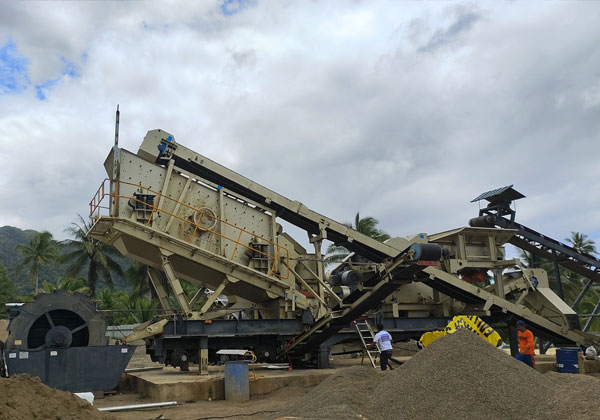Aggregate Mining Processing and Crusher Analysis
Aggregate mining and processing are crucial activities in the construction and infrastructure industries. Aggregates, primarily consisting of sand, gravel, and crushed stone, are essential raw materials used in the production of concrete, asphalt, and other building materials. The process of extracting, crushing, and sorting aggregates involves several stages, with crushers playing a central role in breaking down the raw material into smaller, usable sizes.

Types of Crushers Used in Aggregate Mining
The choice of crusher used in aggregate mining largely depends on the type of material being processed, the size and capacity requirements, and the desired end product. Common crushers employed in aggregate mining include:
- Jaw Crushers:
- Typically used for primary crushing, jaw crushers are highly effective for breaking down large rocks into smaller pieces. These crushers work by compressing the material between a stationary and a moving jaw. Their output is often a product with a large size distribution, suitable for secondary processing or immediate use in construction applications.
- Cone Crushers:
- Cone crushers are generally used for secondary and tertiary crushing operations. They are suitable for processing hard, abrasive materials like granite, basalt, and quartz. The crusher’s design provides a consistent size reduction, and its output is typically more cubical, making it ideal for producing high-quality aggregates for asphalt and concrete.
- Impact Crushers:
- Impact crushers use high-speed impact to break down rocks into smaller pieces. These crushers are particularly suitable for producing fine aggregates and are often used in applications where a high production rate is needed. Horizontal shaft impact (HSI) crushers and vertical shaft impact (VSI) crushers are two types of impact crushers commonly used in aggregate processing.
Key Factors Affecting Crusher Selection
Several factors must be considered when selecting a crusher for aggregate mining:
- Material Type:
- The hardness, abrasiveness, and moisture content of the material are key factors influencing the choice of crusher. Harder materials like granite require more robust crushers such as cone crushers, whereas softer materials like limestone can often be processed with jaw or impact crushers.
- Crushing Ratio:
- Crushers are designed with specific crushing ratios, which refer to the reduction of material size from the feed size to the output size. A high crushing ratio is desired when producing fine aggregates from larger rocks. The crusher type and design must match the required crushing ratio to ensure efficiency.
- Capacity and Throughput:
- The capacity of a crusher is a critical consideration, particularly when large quantities of material need to be processed. Crushers should be selected based on the expected throughput, ensuring that the machine can handle the required tonnage per hour while minimizing wear and downtime.
- Cost and Maintenance:
- The total cost of ownership, including initial investment, operational costs, and maintenance requirements, plays a crucial role in crusher selection. For aggregate processing operations, low maintenance crushers are typically preferred to minimize downtime and maintenance expenses.
Crushing Process in Aggregate Mining
The aggregate processing flow generally involves multiple stages, including primary, secondary, and sometimes tertiary crushing. The material extracted from the mine is first fed into a primary crusher (usually a jaw crusher) to reduce the size of large rocks. The resulting material is then transferred to secondary crushers (such as cone or impact crushers) to further reduce the size and improve the material’s suitability for the intended use.
In some cases, a tertiary crusher may be used to further refine the material, particularly when fine aggregates are required. After crushing, the material is typically screened to separate it into different sizes, such as fine sand, gravel, and coarse aggregates.

